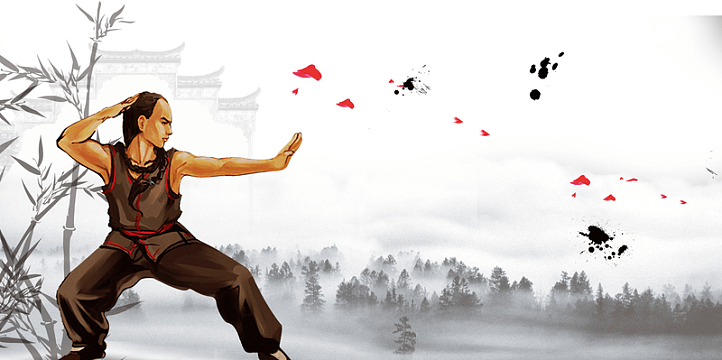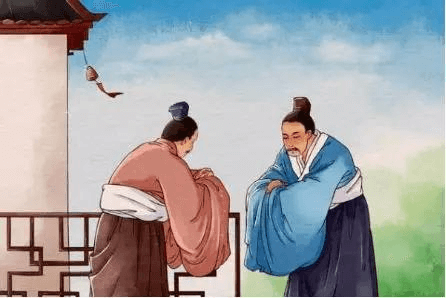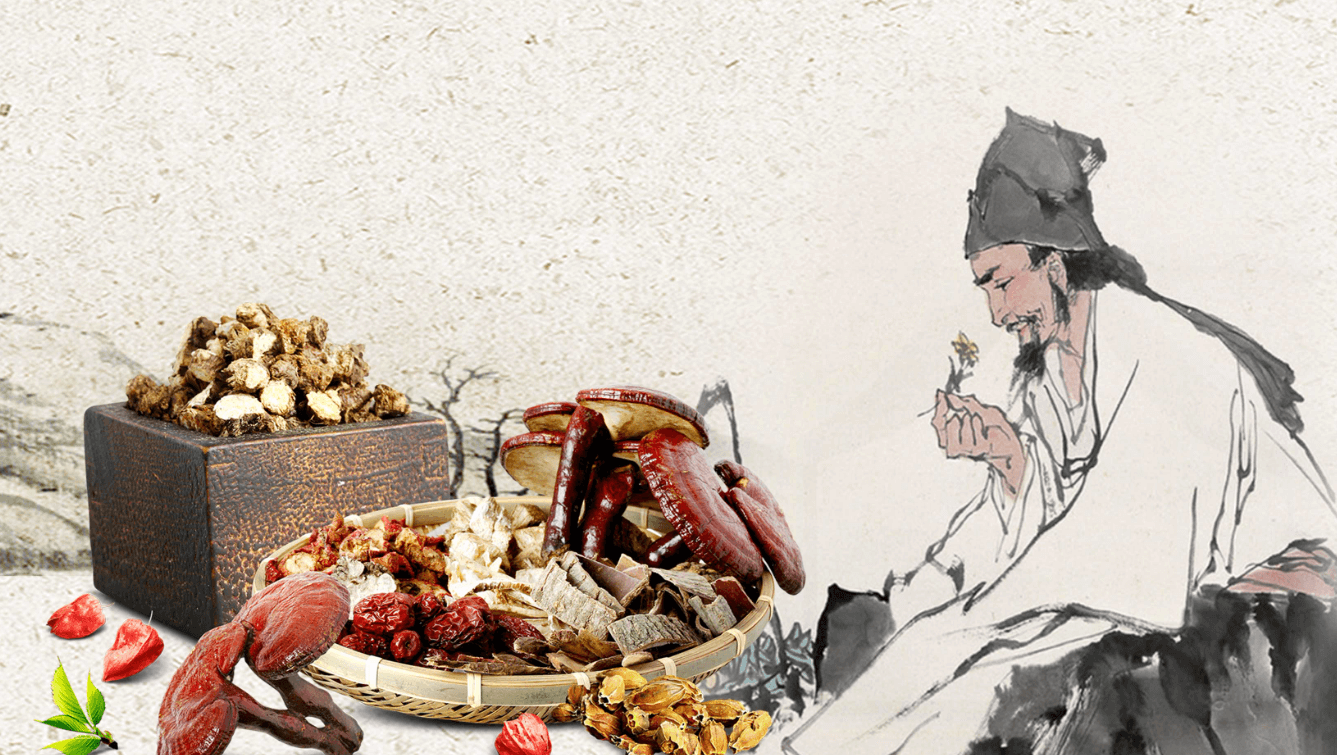Understanding Chinese Style (中国风)
Chinese Style refers to artistic works and cultural products that incorporate distinctive Chinese elements, aesthetics, and cultural heritage. Key features include:
-
Rooted in traditional Chinese culture but blended with modern design.
-
Vibrant colors, elegant compositions, and rich cultural symbolism.
-
Celebrates and preserves China’s artistic legacy.
Today, Chinese Style has become a global trend, especially popular among younger generations.
What is Traditional Chinese Culture?
Traditional Chinese culture is a unique system shaped over millennia, encompassing:
-
Language, literature, philosophy, and religion (e.g., Confucianism, Daoism).
-
Arts, architecture, customs, and etiquette reflecting Chinese values like harmony, morality, and respect for nature.
Core Philosophies:
-
Confucianism: Focuses on social harmony, family values, and ethical conduct.
-
Daoism: Emphasizes living in balance with nature and the universe.
This cultural heritage is central to China’s identity and is now gaining renewed global interest.
How Chinese Style Connects to Tradition
Chinese Style is a creative expression of traditional culture through:
-
Art forms like poetry, music, and dance.
-
Modern adaptations that keep traditions alive while appealing to contemporary tastes.
It strengthens cultural pride and helps share China’s heritage worldwide.
Preserving Chinese Tradition: 4 Key Approaches
-
Promote Through Media
-
Books: Translate classics on literature, history, and philosophy.
-
Films/Music: Showcase traditional stories and instruments (e.g., guzheng, pipa) in modern formats.
-
Art: Highlight traditional painting and calligraphy in global exhibitions.
-
-
Educate the Next Generation
-
School curriculums: Teach classical poetry, history, and arts.
-
Activities: Celebrate festivals (e.g., Lunar New Year), host workshops with masters, and visit cultural sites.
-
-
Protect Cultural Heritage
-
Government: Safeguard historic sites and artifacts with laws and technology (e.g., digital archives).
-
Community: Revive crafts (e.g., porcelain-making) and rituals through local events.
-
-
Innovate Thoughtfully
-
Fusion arts: Blend traditional instruments with pop music or modern dance.
-
Reimagined literature: Adapt ancient tales into graphic novels or films.
-
Why It Matters
By balancing preservation and innovation, China’s cultural legacy stays dynamic and globally relevant. These efforts ensure traditions thrive while connecting with modern audiences.
Key Message:
"Honor the past, inspire the future."



